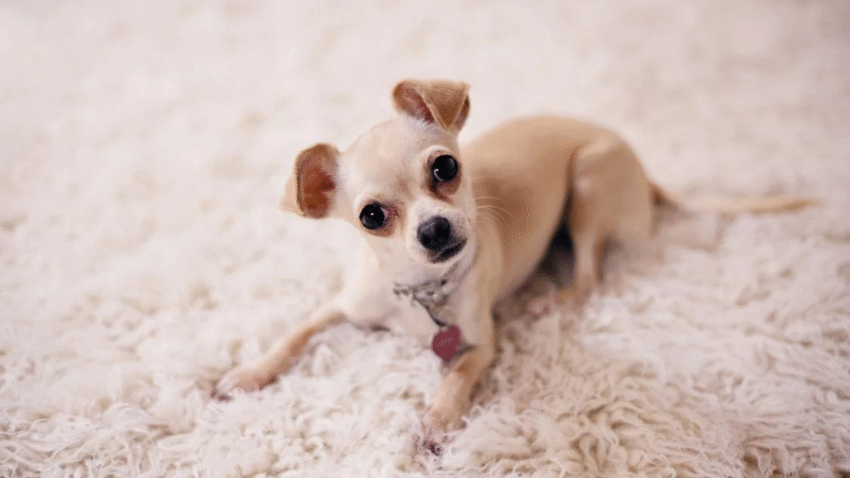Introduction
Dreaming of letting your dog roam freely at the park or trail without worry? Learning how to train your dog for off-leash reliability is the key to safe, confident freedom. Off-leash training isn’t just about obedience—it’s about trust, consistency, and building a strong bond. In this guide, you’ll discover how to prepare your dog step by step, avoid common mistakes, and turn your dog into a reliable off-leash companion.
Why Off-Leash Training Matters
Training your dog to respond reliably off-leash offers more than convenience—it supports your dog’s mental and physical health while keeping them safe. Here’s why it’s important:
- Freedom with safety: Your dog can explore and enjoy more space without the risk of running off.
- Better exercise opportunities: Especially helpful for high-energy breeds.
- Stronger bond: Reliable recall builds trust and communication between you and your dog.
- Peace of mind: Fewer worries at parks, trails, or open spaces.
Whether you’re hiking, at the beach, or in your backyard, off-leash training gives you more control and your dog more enjoyment.
Step-by-Step Guide to Off-Leash Training
Start with the basics and build your dog’s skills gradually in a controlled, structured way.
1. Master Basic Commands On-Leash
Before you even think about removing the leash, your dog should have excellent recall and responsiveness on-leash.
- Focus on core commands: “Come,” “Sit,” “Stay,” “Heel,” and “Leave it.”
- Practice in a low-distraction environment until your dog consistently obeys.
Tip: Use a 6-foot leash and high-value treats to reinforce commands.
2. Transition to a Long-Line Leash
- Use a 15- to 30-foot long line to simulate off-leash freedom while maintaining control.
- Practice recall from increasing distances in a safe, enclosed area.
- Reward with praise, treats, or a short game when your dog returns promptly.
3. Practice in Controlled Environments
Move to fenced areas or quiet parks. This allows your dog to learn in new environments without the danger of escape.
- Use recall games like “Hide and seek” or “Chase me, then sit.”
- Gradually introduce distractions like other dogs, smells, or sounds.
Repetition in a variety of environments is key to generalizing good behavior.
4. Use Positive Reinforcement Only
- Never punish your dog for coming late. Always reward when they return, no matter how long it takes.
- Make coming to you the most exciting thing in the world.
Reward Ideas: High-value treats, tug toys, or enthusiastic praise.
5. Introduce Off-Leash Time Gradually
Once your dog shows strong recall on the long line in different settings:
- Start with short off-leash sessions in a fully fenced area.
- Keep sessions fun, short, and highly rewarding.
- Call your dog back multiple times, not just at the end of play, so they don’t associate recall with “the fun is over.”
6. Use a “Check-In” Cue
Train your dog to naturally look back at you or check in during off-leash play.
- Reward spontaneous check-ins or use a verbal cue like “Look” or “Check.”
- This builds awareness and reinforces your connection even when distractions arise.
Common Mistakes to Avoid
1. Rushing the Process
Jumping into off-leash work too soon leads to frustration and safety risks. Build a solid foundation first.
2. Using Negative Reinforcement
Punishing your dog for slow or failed recall can backfire—your dog may become afraid to come to you at all.
3. Only Practicing at Home
Dogs often learn commands in one place but struggle elsewhere. Practice in different locations to reinforce reliability.
4. Calling Once and Then Chasing
Calling and then chasing your dog teaches them a fun game—one where you lose control. Call once, then turn and walk away to encourage them to follow.
5. Ending Fun After Recall
If coming to you always means the game ends, your dog will stop responding. Occasionally call your dog, reward them, then let them go play again.
Extra Tips & Recommendations
Tip 1: Use a GPS Collar or AirTag
For early off-leash training or hikes, a GPS tracker offers extra peace of mind. Even well-trained dogs can get startled and bolt.
Tip 2: Practice Emergency Recall
Train a separate, special word like “Now!” or “Emergency!” with a super-high reward. Use this only in urgent situations where instant return is critical.
Tip 3: Build Engagement Daily
Incorporate training games into your dog’s daily walk or play session. A dog that sees you as fun is more likely to stick close off-leash.
Conclusion
Training your dog for off-leash reliability takes time, trust, and consistency—but the payoff is huge. Start with strong foundational commands, introduce freedom slowly, and always make returning to you the most rewarding part of your dog’s day. With patience and practice, your dog will become a reliable companion no matter where your adventures take you.
📌 Bookmark this guide and come back as you level up your off-leash training journey!
